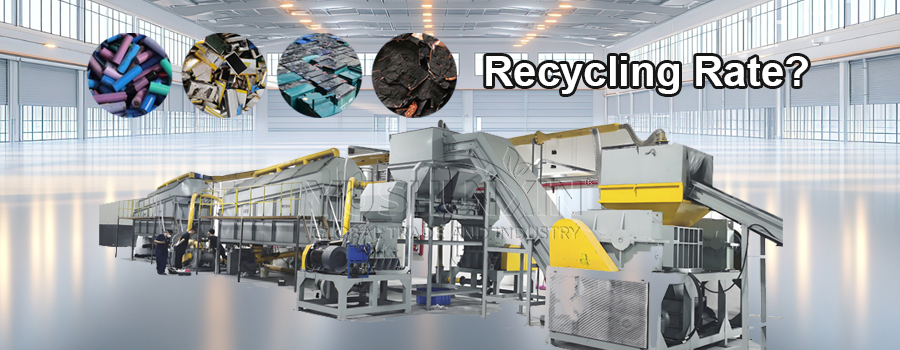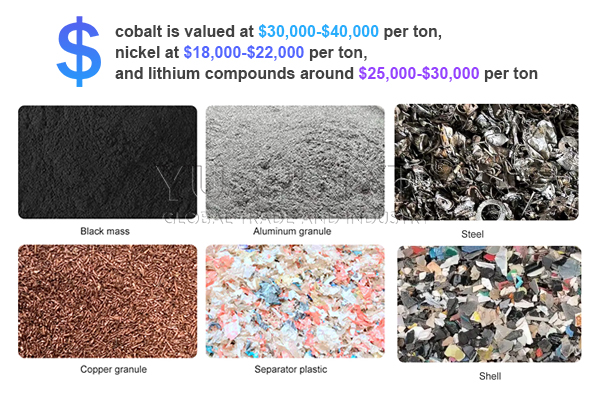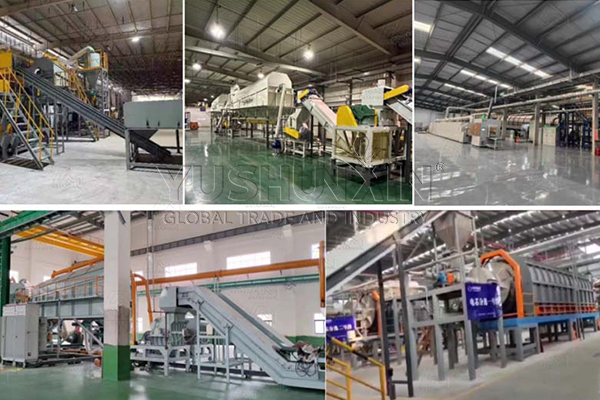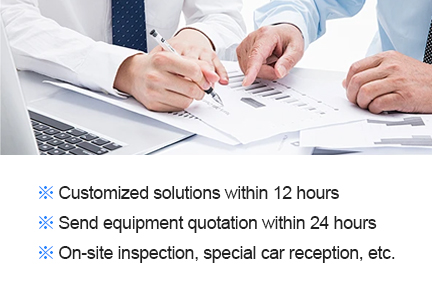First, the type of lithium battery plays a significant role. NMC (Nickel Manganese Cobalt) and LFP (Lithium Iron Phosphate) batteries contain different ratios of valuable metals, which influence recovery rates. And you also need to consider the recycling technology in use. Mechanical processes can recover metals like copper and aluminum efficiently, but advanced hydrometallurgical or pyrolysis methods achieve higher recovery of critical elements such as lithium, νικέλιο, and cobalt.

- Σπίτι
- Για
- Επαφή
- Προϊόντα
- Εγκατάσταση ανακύκλωσης μπαταρίας LFP
- Γραμμή ανακύκλωσης μπαταρίας ηλεκτρικού οχήματος
- Κινητό τηλέφωνο Λιθίου Γραμμή διάθεσης
- Μηχανή ανακύκλωσης μπαταρίας λιθίου
- 500KG/H Εγκατάσταση ανακύκλωσης μπαταρίας λιθίου προς πώληση
- 1000Έργο διάθεσης μπαταρίας λιθίου/
- Κόστος μηχανής ανακύκλωσης μπαταρίας λιθίου
- Μηχάνημα εκφόρτισης μπαταρίας λιθίου
- Μηχανή Shredder Battery Battery Lithium
- Εξοπλισμός εξέτασης ανακύκλωσης μπαταρίας λιθίου
- Σύστημα συλλογής σκόνης λιθίου μπαταρίας
- Διάλυμα
- Τεχνολογία
- Μηχανική γραμμή διάθεσης μπαταρίας λιθίου
- Διαδικασία διάθεσης πυρόλυσης μπαταρίας λιθίου
- Εργοστάσιο ανακύκλωσης υδρομεταλλουργικού λιθίου
- Λύσεις ανακύκλωσης για υλικά διαχωριστή μπαταρίας λιθίου στο τέλος του κύκλου ζωής
- Ανάκτηση και επαναχρησιμοποίηση φύλλων γραφίτη και χαλκού στην απόρριψη μπαταριών λιθίου
- Διαδικασία διαχωρισμού μαύρης μάζας στην απόρριψη μπαταριών λιθίου
- Φιλικό προς το περιβάλλον Λύση ελέγχου ρύπανσης στην ανακύκλωση μπαταριών λιθίου
- Υποθέσεις&Νέα
- Πώς να πετάξετε την μπαταρία λιθίου στην Ινδία
- 1000Απόρριψη μπαταριών λιθίου KG/H στην Ιαπωνία
- Πώς να εγκαταστήσετε μια μονάδα ανακύκλωσης μπαταριών 500 KG/H LFP στη Σιγκαπούρη
- $300,000 Κτίριο εργοστασίου απόρριψης μπαταριών λιθίου κινητών τηλεφώνων στο Ηνωμένο Βασίλειο
- Πόσο κοστίζει η ανακύκλωση μπαταριών ηλεκτρικών οχημάτων στην Αυστραλία
- Κορυφή 4 Ερωτήσεις για την ανακύκλωση μπαταριών λιθίου στη Σιγκαπούρη
- Μηχανικό εργοστάσιο ανακύκλωσης μπαταριών ιόντων λιθίου Ίδρυση για γρήγορη απόδοση επένδυσης
- Ανάπτυξη της επένδυσης στο εργοστάσιο απόρριψης μπαταριών λιθίου στην Αλγερία 2025
- FAQ
Λάβετε Λύση










